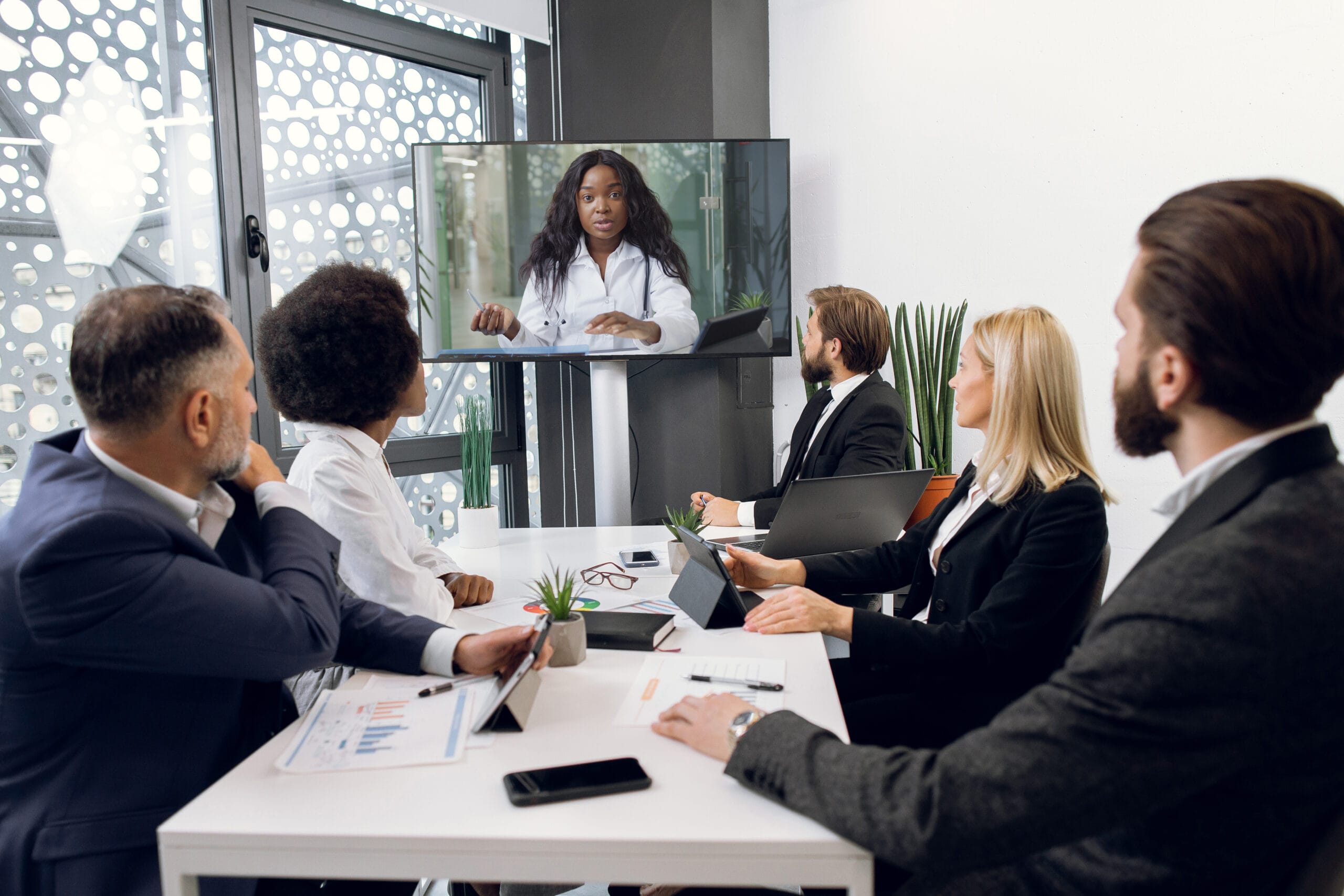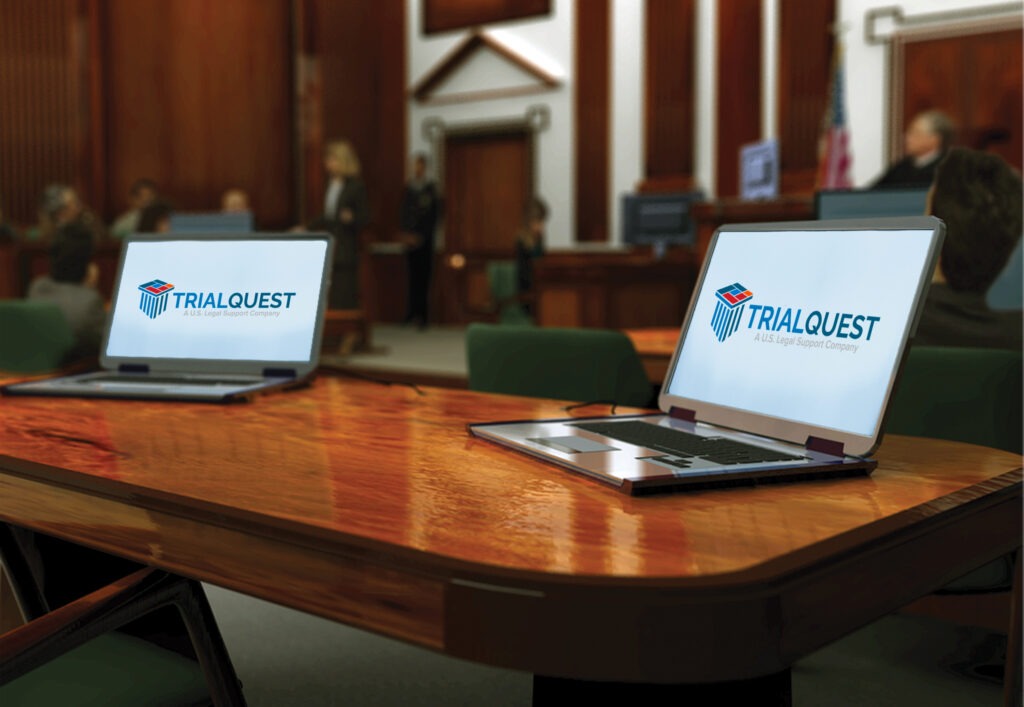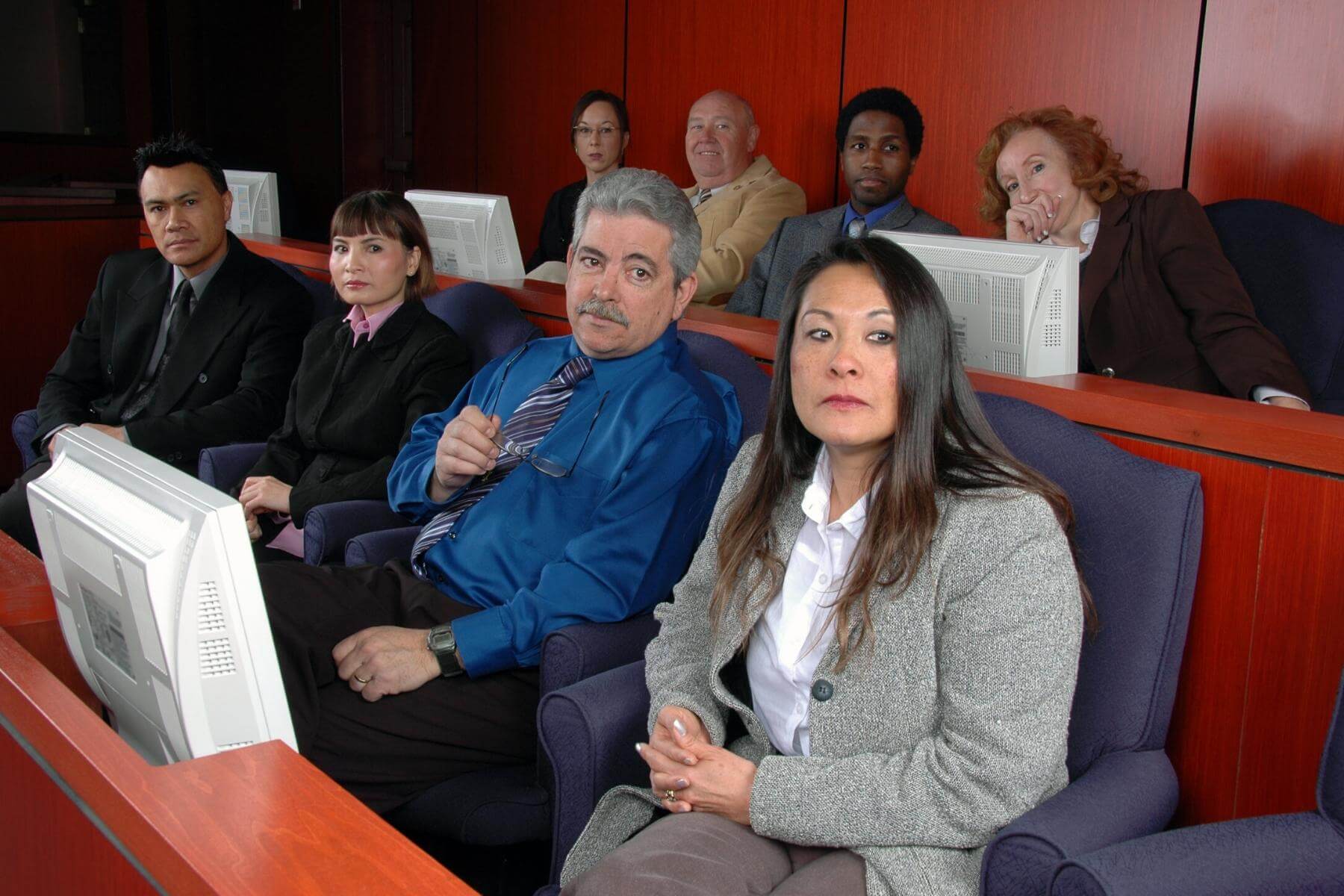Compelling trial presentations can influence judges and juries.
Compelling trial presentations can influence judges and juries.
Blog Article
Exactly How Test Presentations Enhance Your Disagreement and Encourage Jurors
Test discussions act as a critical system for boosting legal debates and persuading jurors. By integrating visual aids, narrative frameworks, and emotional involvement, attorneys can develop a compelling case that reverberates on several degrees. The critical use of visuals not just makes clear complex information however additionally records jurors' interest better than words alone. The art of storytelling plays an equally crucial role in changing accurate evidence into an engaging story, forming jurors' understandings. Comprehending these elements can significantly impact test results, raising the question of how each component adds to this complex dynamic.

Relevance of Visual Aids
Aesthetic aids play an important role in boosting the performance of trial presentations, as they can considerably increase target market interaction and retention of information. In the context of a test, where jurors are charged with processing facility info, visual help offer to simplify and clarify bottom lines. Charts, charts, and images can convey information and ideas that may or else overwhelm or perplex jurors, permitting a more uncomplicated understanding of the evidence presented.
In addition, visual aids help in keeping juror interest throughout the proceedings. By breaking the dullness of verbal statement, these tools can stress important disagreements, making them much more memorable. Reliable visual help can additionally stimulate emotional reactions, which can be critical in persuading jurors to straighten with the presenter's story.

Crafting Engaging Narratives
An engaging narrative is essential in test discussions, as it acts as the foundation of efficient persuasion. It allows attorneys to weave with each other truths, proof, and psychological elements right into a coherent story that reverberates with jurors. This narrative structure makes it possible for jurors to comprehend the intricacies of the case while leading them through the lawyer's disagreement.
To craft an engaging narrative, lawyers ought to focus on quality and coherence. Furthermore, the usage of vivid summaries can develop mental pictures that assist jurors envision the events, making the narrative a lot more remarkable.
Furthermore, incorporating essential motifs throughout the discussion reinforces the core message and aids in retention - trial presentations. The narrative needs to not just convey details yet also stimulate a feeling of justice, highlighting the stakes involved. Ultimately, a well-constructed narrative promotes a connection between the jurors and the situation, placing the attorney's disagreement as both reputable and compelling, thus increasing the possibility of a beneficial verdict

Engaging the Jury Emotionally
Reliable jury involvement rests on the attorney's ability to get in touch with jurors on an emotional level. This link can significantly influence jurors' assumptions and their pop over to this site utmost decision-making. Utilizing psychological charms enables lawyers to humanize the case, changing abstract legal principles right into relatable experiences. By providing real-life tales or testimonies, attorneys can evoke compassion and concern, promoting a much deeper understanding of the issues at risk.
Aesthetic help, such as photographs or videos, can additionally enhance psychological involvement, providing jurors with brilliant depictions of the case's human elements. Crafting a story that highlights the battles and triumphs of the individuals included makes certain that jurors see past the legal arguments and identify the human effects of their decisions.
In addition, tone and body language play a vital role in communicating feeling. A lawyer's passionate shipment can reverberate with jurors, enhancing their emotional financial investment in the case. It's vital to stabilize emotional appeals with accurate proof, ensuring that jurors feel obliged to act while staying based in the fact. Inevitably, an emotionally engaged jury is more likely to be persuaded, making emotional connection an important element of efficient trial presentations.
Structuring Your Presentation

The body of the presentation need to be practically fractional into key factors, each sustained by compelling proof. It is useful to utilize storytelling techniques to weave realities into a story that jurors can quickly follow. Aesthetic aids, such as graphes and videos, can enhance understanding and interaction, helping to highlight essential pieces of evidence.
Real-World Study
Examining real-world study provides invaluable understandings into the art of test presentations and persuasion. The site instance of "O.J. Simpson v. The People of The golden state" illustrates exactly how visual help and compelling stories can guide court assumptions. The defense group successfully used a technique that incorporated top-level expert testimonies with multimedia presentations, which astounded jurors and inevitably influenced their choice.
One more noteworthy example is the "McDonald's Coffee Case," where the complainant's attorneys used visuals photos of the injuries received by Stella Liebeck. trial presentations. This raw aesthetic proof played an essential function in communicating the seriousness of her burns, resulting in a considerable jury award. Such cases demonstrate that impactful test discussions commonly pivot on the efficient combination of visuals and storytelling to evoke psychological feedbacks from jurors
In addition, the "Casey Anthony Test" highlighted the value of narrative coherence and integrity. The prosecution's failure to establish an engaging timeline lessened their convincing power, highlighting the necessity of a well-structured discussion. Examining these situations reveals that effective test presentations call for critical preparation, emotional involvement, and the capability to resonate with jurors' worths and beliefs.
Verdict
Test presentations dramatically improve debates and persuade jurors with the critical use of aesthetic aids, engaging narratives, and emotional involvement. A well-structured presentation equilibriums emotional charms with valid evidence, eventually reverberating with jurors' values.
Report this page